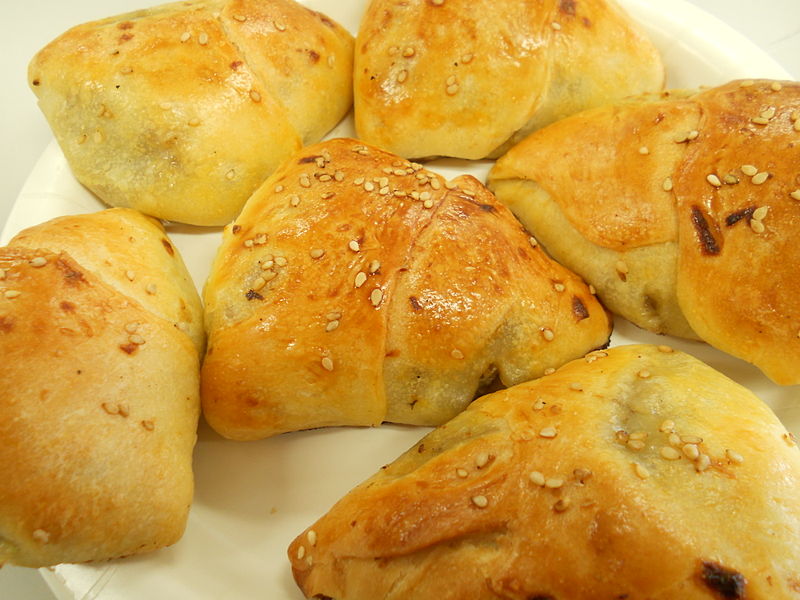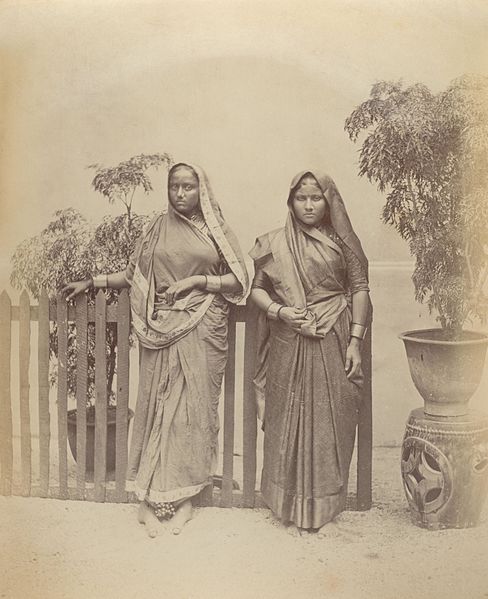
What Mom Never Told You About Samosas
What Mom Never Told You About Samosas
How India’s favourite fast food is not Indian and definitely not vegetarian
Remember those days when school and college canteens served only Samosas and vada pavs? Or that passion we harbour for samosa chat or samosa pav?
It is something about this triangular cone of goodness that brings water to our mouths. Without having a bite, we can taste a samosa. This bundle of joy comes with so many memories: a snack during Diwali, an amazing treat with a steaming cup of chai or just another fun on-the-go meal with your friends.
Before you run into dreamland of Samosas, hold your horses. Here are 7 really cool facts about Samosas that’ll impress your friends.
1. Samosa is not Indian
– Indians have always believed Samosas to be the Indian subcontinent’s very own dish but think again folks. In fact samosa is an immigrant into the country. It has assimilated so well with Indian tastes that we often forget, samosa is in an Indian disguise. The first mention of a triangular fried food item named ‘sanbosag’ was in the Persian historian Abul-Fazl Beyhaqi’s writings, Tārīkh-i Bayhaqī, way back in the 11th century.
2. Samosa has travelled a long way
– As Charlie Puth would have said it ‘We’ve come a long way from where we began.’ (And I’ll tell you all about it) The samosas started off their journey from the Iranian Plateau in the Middle East. From there they slipped into Egypt, Libya and into Central Asia. Whilst in Central Asia they were given a more apt name ‘samsa.’
How did they manage to get into India? There are a couple of theories: a) The Islamic Delhi Sultanate rulers brought them along from Central Asia when the took over Delhi. b) Samosas came to India along with the Aryan invaders. In the 13-14th century, the evidence of Samosa is found in Amir Khusro, Royal Poet in the Delhi Sultanate’s, poems. Ibn Battuta, a Moroccan traveller, also recollects eating a samosa in Sultan Muhammad bin Tughluq’s court in the 14th century.
3. Samosa is supposed to be non-vegetarian
– Back to its roots, a sanbosag was a heavy calorie rich food item. (yup, much more than it is today) The samosas in the Delhi court had the following ingredients in it: minced meat of either lamb or chicken, pistachios, almonds, walnuts and spices. These were fried till crisp in a maida coating. That’s nothing like the spicy potato based samosas we eat at our local sweet shop.
4. Samosa was a hit as a Royal Snack
– Needless to say, Samosa was an accredited Royal Snack loved by India’s Delhi Sultanate. The samosa was a royal treat back then, stuffed with rich and high calorie ingredients. These crisp triangles constituted the third course of a meal: an entre before the pulao.
5. Samosa was also a travel snack
– Despite the really high calorie level, the courtiers enjoyed this food item thoroughly. Along with these few lucky souls, samosas were an efficient food item to carry for the travellers. It is safe to say that samosa was the world’s first fast food. The travellers could easily put together small minced-meat triangles and heat them over the campfire much like a marshmallow.
6. The typical Indian samosas have a New World Taste
– Some accounts suggest that the samosas took on a new vegetarian flavour in Uttar Pradesh. Although here is another amazing fact: potatoes were never grown in India before the Portuguese. It is believed that the Portuguese introduced potatoes in India from the newly discovered South American countries like Peru, the New World! Thus not only are the samosas un-Indian but so is the filling inside one!
7. Samosas now have their own twist everywhere in this world
– From India the samosa reached the world as invaders into the subcontinent carried its recipe back home and added their own twist to it. Indian families settled abroad served samosas to their new neighbours spreading them further. In India, almost every state has its own recipe of preparing a samosa. Sometimes samosas bought from two different shops taste different. Northern parts of India still eats the non-vegetarian form of samosas but they are not as regal as they once were in the Sultan’s courts. The dry fruits and nuts have been replaced with onions and spices, much tastier if you ask me.
So this is how we eat the samosa we eat today. Do you think it was much tastier before samosa turned vegetarian? What kind of samosa do you like or have you never tasted one before? Please do share your samosa memories and thoughts with me, comment below because I would love to know your thoughts.
NOTE: The Bibliography for this post is missing. Please help us credit the sources that deserve it. If you believe your work, or a work you know of needs to be cited here, please write to editor@giglee.in to inform us. DISCLAIMER: The intention of this article is not to hurt anyone's sentiments. The thoughts expressed in the article are purely those stated by the author of the work. The information provided on this website may not be complete, reliable, accurate and/or updated. The details you share with the website will not be shared or sold. We are not liable if in case of theft, your data is stolen. The content on this website is provided without any warranties whether express or implied. If you have a doubt, query or complaint please write to editor@giglee.in and we shall respond as soon as possible.














Comments
Very Informative. I had forgotten, but in the past we had non veg samosas, as I now remember. Veg variety was rare.
Thank You.
Wow, it’s the other way round today:)